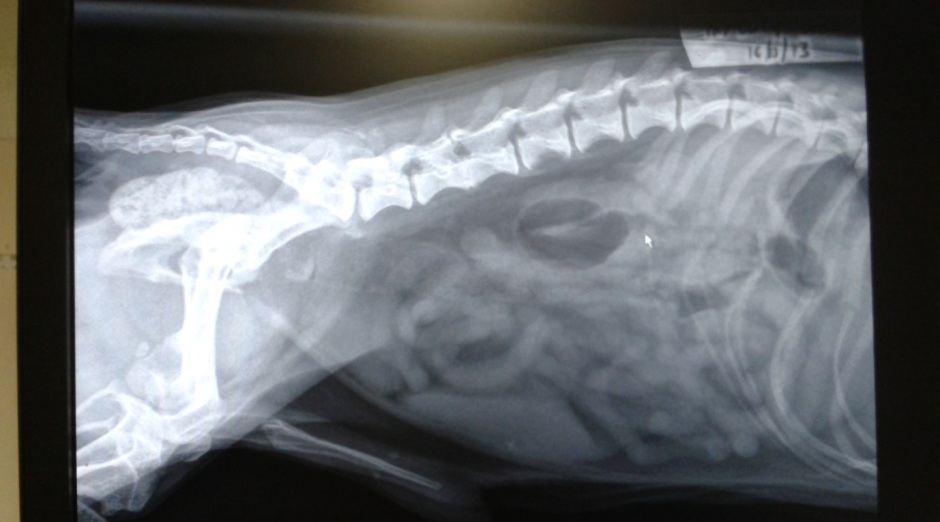
Type 1 vs. Type 2 IVDD
The two main types of disc disease are known as Hansen Type 1 and Type 2. Dachshunds primarily suffer from Type 1. A 2018 Literature Review discusses the various types and names given to describe disc disease.
In Dachshunds, the degenerating material from the centre of the disc herniates and compresses the spinal cord. The amount of material that herniates and how quickly it happens affects the symptoms seen and the severity of the damage. Clinical signs, which appear quickly, range from pain to paralysis. Dachshunds are typically aged 4-7 when herniation happens. This is also called IVDE - Disc Extrusion.
Dogs with Hansen Type 2 disease are more similar to back problems in people and occur in breeds with normal length legs (non-chondrodystrophic). Instead of the central disc material herniating acutely and putting pressure on the spinal cord, with Type 2, the outer part of disc material gradually protrudes, causing progressive compression of the spinal cord. This is also called IVDP - Disc Protrusion. The clinical signs are similar to Type 1, but are more typically found in medium to large breeds of dog, between the ages of 5 and 12.
You may also come across Hansen Type 3. This is also known as High Velocity, Low Volume or Traumatic IVDE. Here, an MRI scan may show no residual nucleus pulposa impinging on the spinal cord, meaning surgical decompression is unlikely to be effective. However, medical treatment and Physio/Hydro-therapy may be be effective.
Video: what happens when a disc herniates?
(A 2 minute overview from DodgersList)

